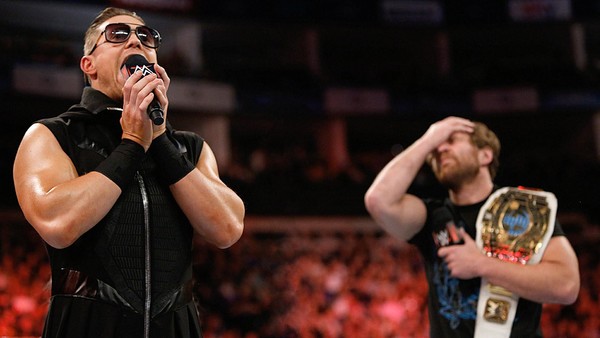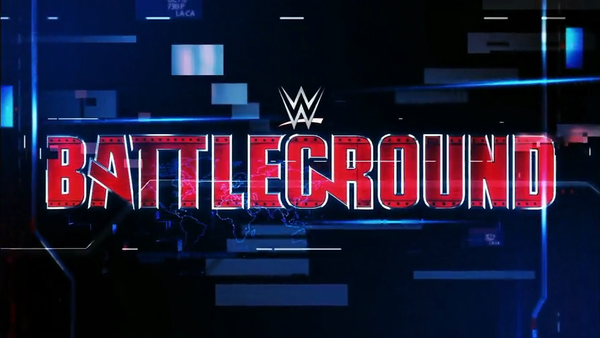10 Ways The Brand Split Has Changed WWE (One Year On)
12 months of transformations, both good and bad.

On July 19th, 2016, WWE split their talent in two and created a clear divide between Raw and SmackDown for the first time since 2011. Headed by Stephanie and Shane McMahon respectively, the shows drafted their rosters on the first ever live SD broadcast, with Raw claiming the bulk of WWE's biggest stars, and SmackDown taking a group largely comprised of outcasts and misfits.
The overwhelming feeling was that the blue brand had been shortchanged, but SD soon became WWE's most consistently weekly TV show. The split restored a semblance of parity between the two, with SmackDown's viewership initially spiking, though the numbers have long since stagnated.
WWE looks and feels completely different one year on. There are now more wrestlers, pay-per-views, championships, and authority figures than ever before. For some performers, the split has absolutely delivered on its promise of increased opportunities, but that hasn't been the case for everyone, and, as we're about to find out, it has almost created as many problems as it has solved.
Has the split been a net positive? That's up for debate, but there's no doubting the ways in which it has transformed WWE's all-round presentation.
10. Pay-Per-View Overload

It’s only July, but WWE have already held nine pay-per-view events this year. When Battleground airs this Sunday, it’ll be the company’s fifth major show in the past nine weeks, and the latest entry in a relentless calendar that has barely slowed down since the Royal Rumble on January 29th.
The average time between WWE PPVs has been shortened to just under three weeks in 2017. At best, fans are granted a four-week reprieve from major events, but such gaps are becoming increasingly rare. The company barely give the audience enough time to catch their breath between PPVs these days: burnout is a real issue, and major events come with such regularity that it’s easy to lose track of the schedule.
All these extra pay-per-views add value to your monthly Network subscription fee, but the introduction of regular, brand-specific shows has clogged WWE’s calendar. They don’t feel anything close to special anymore, and it’s hard to get excited for the shows when they come and go so regularly Unfortunately, WWE’s focus on “super serving” their audience means that unless Network subscriptions hit a huge downturn, the over-saturation will continue.